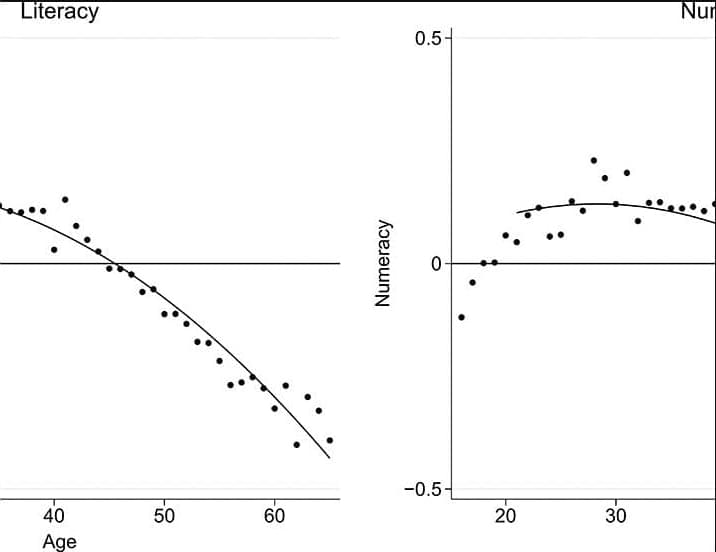Convergent engagement of neural and computational sciences and technologies are reciprocally enabling rapid developments in current and near-future military and intelligence operations. In this podcast, Prof. James Giordano of Georgetown University will provide an overview of how these scientific and technological fields can be — and are being — leveraged for non-kinetic and kinetic what has become known as cognitive warfare; and will describe key issues in this rapidly evolving operational domain.
James Giordano PhD, is the Pellegrino Center Professor in the Departments of Neurology and Biochemistry; Chief of the Neuroethics Studies Program; Co-director of the Project in Brain Sciences and Global Health Law and Policy; and Chair of the Subprogram in Military Medical Ethics at Georgetown University Medical Center, Washington DC. Professor Giordano is Senior Bioethicist of the Defense Medical Ethics Center, and Adjunct Professor of Psychiatry at the Uniformed Services University of Health Sciences; Distinguished Stockdale Fellow in Science, Technology, and Ethics at the United States Naval Academy; Senior Science Advisory Fellow of the SMA Branch, Joint Staff, Pentagon; Non-resident Fellow of the Simon Center for the Military Ethic at the US Military Academy, West Point; Distinguished Visiting Professor of Biomedical Sciences, Health Promotions, and Ethics at the Coburg University of Applied Sciences, Coburg, GER; Chair Emeritus of the Neuroethics Project of the IEEE Brain Initiative; and serves as Director of the Institute for Biodefense Research, a federally funded Washington DC think tank dedicated to addressing emerging issues at the intersection of science, technology and national defense. He previously served as Donovan Group Senior Fellow, US Special Operations Command; member of the Neuroethics, Legal, and Social Issues Advisory Panel of the Defense Advanced Research Projects Agency (DARPA); and Task Leader of the Working Group on Dual-Use of the EU-Human Brain Project. Prof. Giordano is the author of over 350 peer-reviewed publications, 9 books and 50governmental reports on science, technology, and biosecurity, and is an elected member of the European Academy of Science and Arts, a Fellow of the Royal Society of Medicine (UK), and a Fulbright Professorial Fellow. A former US Naval officer, he was winged as an aerospace physiologist, and served with the US Navy and Marine Corps.





